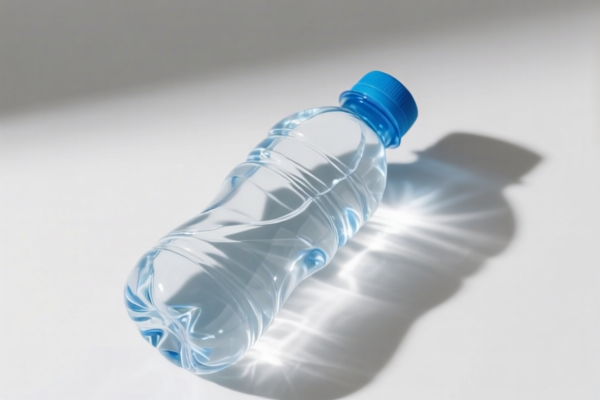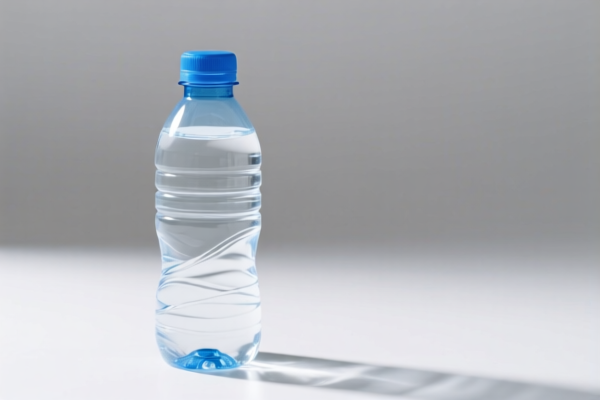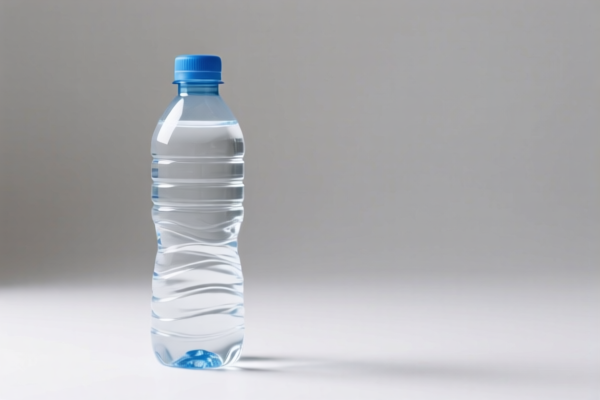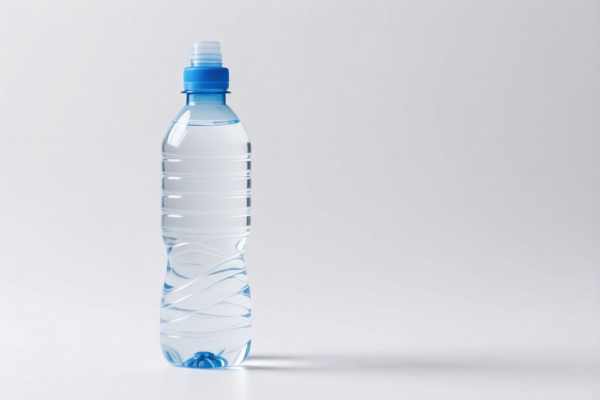| HS Code | Official Doc | Tariff Rate | Origin | Destination | Effective Date |
|---|---|---|---|---|---|
| 3926901600 | Doc | 40.6% | CN | US | 2025-05-12 |
| 3926909905 | Doc | 42.8% | CN | US | 2025-05-12 |
| 3923300090 | Doc | 58.0% | CN | US | 2025-05-12 |
| 3923500000 | Doc | 60.3% | CN | US | 2025-05-12 |
| 7326908688 | Doc | 82.9% | CN | US | 2025-05-12 |
| 7326903500 | Doc | 87.8% | CN | US | 2025-05-12 |
| 7310100005 | Doc | 80.0% | CN | US | 2025-05-12 |
| 7310100090 | Doc | 80.0% | CN | US | 2025-05-12 |




Hydrogen Water Bottle
A hydrogen water bottle is a container designed to infuse water with molecular hydrogen (H₂). These bottles utilize various technologies to generate hydrogen gas directly within the water, aiming to provide the potential health benefits associated with hydrogen-rich water.
Materials
Bottles are commonly constructed from:
- Stainless Steel: Durable, prevents leaching, and maintains temperature. Often double-walled for insulation.
- Tritan: A BPA-free plastic offering clarity and impact resistance.
- Glass: Provides purity and avoids altering water taste, but is more fragile.
- Titanium: Lightweight, extremely durable, and corrosion-resistant, typically found in higher-end models.
The hydrogen generation components vary, utilizing materials like:
- PEM (Proton Exchange Membrane): Used in electrolysis-based bottles to separate hydrogen from water.
- Platinum/Titanium Plates: Electrodes used in electrolysis.
- Magnesium Alloys: React with water to produce hydrogen, commonly found in simpler, non-electric bottles.
Purpose
The primary purpose is to create hydrogen-rich water (HRW). Proponents believe HRW offers several health benefits, including:
- Antioxidant Properties: Molecular hydrogen is thought to selectively neutralize harmful free radicals.
- Anti-inflammatory Effects: Potential reduction of inflammation in the body.
- Improved Cellular Signaling: May positively influence cellular communication.
- Enhanced Muscle Recovery: Some studies suggest benefits for athletic performance and recovery.
- Neuroprotective Effects: Research indicates potential benefits for brain health.
Note: The scientific evidence supporting these benefits is still evolving and requires further research.
Function
Hydrogen water bottles function through one of two primary methods:
- Electrolysis: An electric current is passed through water (using a PEM membrane) to separate hydrogen and oxygen. The hydrogen gas dissolves into the water, creating HRW. These bottles require charging and typically have a digital display indicating hydrogen concentration.
- Magnesium Reaction: Magnesium alloys react with water, producing hydrogen gas and magnesium hydroxide. This method doesn’t require electricity but has a limited hydrogen production capacity and can alter water pH.
Usage Scenarios
- Daily Hydration: For individuals seeking potential health benefits through regular consumption of HRW.
- Athletic Performance: Used by athletes to aid recovery and reduce muscle fatigue.
- Wellness & Anti-Aging: Incorporated into wellness routines for potential antioxidant and anti-inflammatory effects.
- Travel: Portable options allow for HRW consumption on the go.
Common Types
- Electrolysis Bottles (PEM Technology): Most sophisticated, offering adjustable hydrogen levels and digital displays. Require charging.
- Magnesium-Based Bottles: Simpler, lower-cost option. Do not require electricity but have limited capacity and alter water pH.
- Spear/Stick Bottles: Utilize a magnesium alloy rod immersed in water to generate hydrogen. Single-use or limited-use capacity.
- Bottles with Hydrogen Tablets/Powders: Traditional bottles used in conjunction with separate hydrogen-generating tablets or powders.
Based on the provided information, a hydrogen water bottle is likely categorized under articles for the conveyance or packing of goods, of plastics. Here's a breakdown of relevant HS codes:
- 3923300090: This HS code covers articles for the conveyance or packing of goods, of plastics; stoppers, lids, caps and other closures, of plastics: Carboys, bottles, flasks and similar articles Other. This is applicable if the bottle itself is made of plastic. The tax rate details are: Basic tariff: 3.0%, Additional tariff: 25.0%, Additional tariff after 2025.4.2: 30.0%, Total tariff: 58.0%.
- 3926901600: This HS code covers Other articles of plastics and articles of other materials of headings 3901 to 3914: Other: Pacifiers. While seemingly unrelated, this code falls under the broader category of articles of plastics. The tax rate details are: Basic tariff: 3.1%, Additional tariff: 7.5%, Additional tariff after 2025.4.2: 30.0%, Total tariff: 40.6%.
- 3926909905: This HS code covers Other articles of plastics and articles of other materials of headings 3901 to 3914: Other: Other Elastic bands made wholly of plastics. This is applicable if any plastic components are elastic bands. The tax rate details are: Basic tariff: 5.3%, Additional tariff: 7.5%, Additional tariff after 2025.4.2: 30.0%, Total tariff: 42.8%.
It is important to note that the final HS code classification depends on the specific material composition and function of the hydrogen water bottle. If the bottle incorporates components other than plastics (e.g., stainless steel for hydrogen generation), additional HS codes may be relevant.
Customer Reviews
No reviews yet.